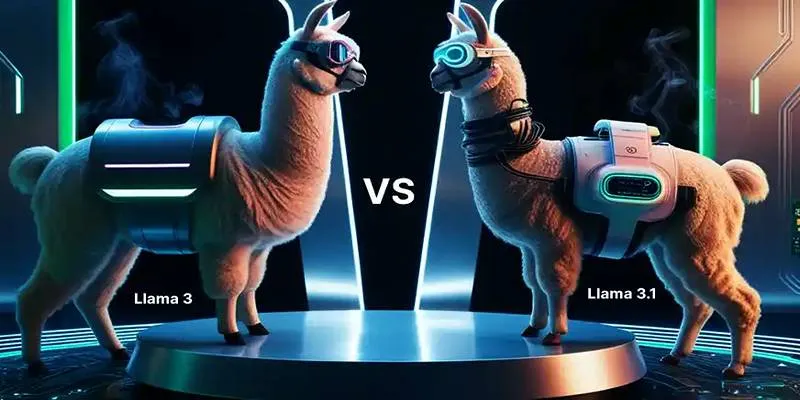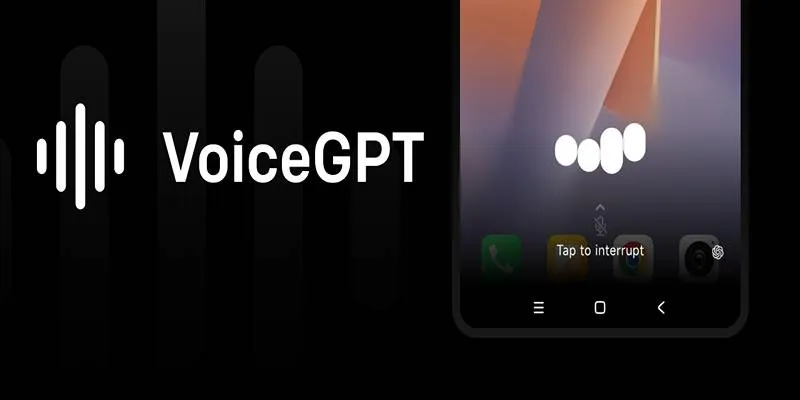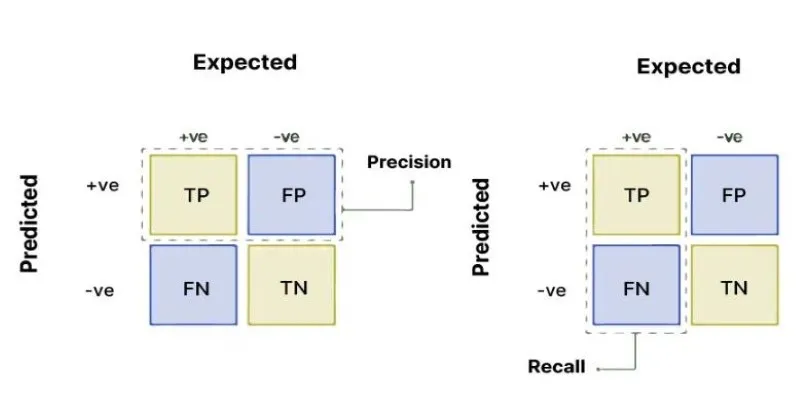Meta’s Llama series has rapidly emerged as a dominant force in the open-source language model landscape within the AI ecosystem. In April 2024, Llama 3 gained significant attention due to its impressive performance and versatility. Just three months later, Meta released Llama 3.1 , boasting substantial architectural enhancements, particularly for long-context tasks.
If you’re currently utilizing Llama 3 in production or considering integrating a high-performance model into your product, you may be asking: Is Llama 3.1 a true upgrade or merely a more cumbersome version? This article offers a detailed comparison to help you determine which model better suits your AI needs.
Basic Comparison: Llama 3 vs. Llama 3.1
Both models feature 70 billion parameters and are open-source, yet they exhibit differences in text input and output handling.
| Feature | Llama 3.1 70B | Llama 3 70B |
|---|---|---|
| Parameters | 70B | 70B |
| Context Window | 128K tokens | 8K tokens |
| Max Output Tokens | 4096 | 2048 |
| Function Calling | Supported | Supported |
| Knowledge Cutoff | Dec 2023 | Dec 2023 |
Llama 3.1 significantly expands both the context window (16x larger) and the output length (doubled) , making it ideal for applications requiring long documents, in-depth context retention, or summarization. Conversely, Llama 3 maintains its speed advantage for rapid interactions.
Benchmark Comparison
Benchmarks provide critical insights into raw intelligence and reasoning capabilities.
| Test | Llama 3.1 70B | Llama 3 70B |
|---|---|---|
| MMLU (general tasks) | 86 | 82 |
| GSM8K (grade school math) | 95.1 | 93 |
| MATH (complex reasoning) | 68 | 50.4 |
| HumanEval (coding) | 80.5 | 81.7 |
Llama 3.1 excels in reasoning and math-related tasks, with a notable 17.6-point lead in the MATH benchmark. However, for code generation, Llama 3 has a slight edge, performing better in the HumanEval benchmark.
Speed and Latency

While Llama 3.1 showcases significant improvements in contextual understanding and reasoning, Llama 3 remains superior in terms of speed. In production environments where responsiveness is crucial—such as chat interfaces or live support systems—this speed difference can be a deciding factor.
Below is a performance comparison highlighting the differences in efficiency between these models:
| Metric | Llama 3 | Llama 3.1 |
|---|---|---|
| Latency (Avg. response time) | 4.75 seconds | 13.85 seconds |
| Time to First Token (TTFT) | 0.32 seconds | 0.60 seconds |
| Throughput (tokens per second) | 114 tokens/s | 50 tokens/s |
Llama 3 generates tokens almost 3x faster than Llama 3.1, making it more suitable for real-time systems like chatbots, voice assistants, and interactive apps.
Multilingual and Safety Enhancements
Llama 3.1 introduces enhancements in multilingual support and safety features:
- Multilingual Capabilities: Llama 3.1 effectively handles a broader range of languages, enhancing its applicability across diverse linguistic contexts.
- Safety Measures: Enhanced safety protocols in Llama 3.1 help mitigate risks associated with generating inappropriate or harmful content, ensuring more responsible AI outputs.
Cost Considerations
Although both models are open-source, their operational costs vary:
- Resource Requirements: Llama 3.1’s advanced capabilities demand more computational resources, potentially increasing infrastructure costs.
- Efficiency: Llama 3’s lower resource consumption makes it a cost-effective choice for applications with budget constraints or limited computational power.
Training Data Differences: What’s Under the Hood?
While both Llama 3 and Llama 3.1 models are trained on extensive datasets, Llama 3.1 benefits from refinements in data preprocessing, augmentation, and curriculum training. These improvements aim to enhance its understanding of complex instructions, long-form reasoning, and diverse text formats.
- Llama 3.1 is believed to utilize more recent web data and structured datasets, improving factual consistency and coherence in outputs.
- Training techniques such as improved token sampling and prompt engineering during training enable Llama 3.1 to outperform its predecessor in zero-shot and few-shot tasks.
These behind-the-scenes changes are crucial for developers building retrieval- augmented generation systems or those requiring nuanced responses.
Memory Footprint and Hardware Requirements
Despite sharing the same number of parameters (70B), Llama 3.1 demands more memory and hardware resources.
- VRAM Requirements: Running Llama 3.1 at full precision may require GPUs with more than 80GB of VRAM (or model sharding).
- Quantization Options: Developers may opt for INT4 or INT8 quantized versions for edge deployment, though this may slightly affect accuracy.
- Inference Speed vs. Memory: Increased memory usage correlates with the expanded context window and doubled output token length.
This section helps AI infrastructure teams decide which model best fits their available hardware or deployment pipeline.
Instruction Following and Output Coherence
Llama 3.1 offers notable improvements in following multi-turn or layered instructions:
- Prompt adherence: Llama 3.1 better respects step-by-step tasks and nested commands, particularly in chain-of-thought generation.
- Reduced hallucination: While no model is perfect, Llama 3.1 is significantly less prone to fabricating data when tasked with citing sources or generating logic-driven outputs.
In contrast, Llama 3 may exhibit drift in instructions when handling longer prompts or tasks involving step chaining.
This is particularly relevant for applications like assistant agents, document QA, or research summarization.
Fine-Tuning and Adapter Compatibility

Both Llama 3 and Llama 3.1 support fine-tuning via LoRA and QLoRA methods. However:
- Llama 3.1’s larger context window provides flexibility for training on longer examples, enhancing use in specialized tasks.
- Adapter libraries such as PEFT, Hugging Face, and Axolotl are now adding explicit support for 3.1’s tokenizer and extended input/output heads.
Additionally, some tools trained on Llama 3 checkpoints may not be backward- compatible with 3.1 due to tokenizer drift.
For developers building domain-specific applications, this compatibility check is crucial before migrating models.
Conclusion
Choosing between Llama 3 and Llama 3.1 depends on your project’s specific requirements:
- Opt for Llama 3.1 if your application necessitates handling extensive context, complex reasoning, and multilingual support, and if you have the infrastructure to support its computational demands.
- Choose Llama 3 for applications where speed, efficiency, and lower resource consumption are paramount, such as real-time systems and environments with limited computational resources.
By aligning your choice with your project’s needs and resource availability, you can leverage the strengths of each model to achieve optimal performance in your AI applications.
For further insights and developments in AI language models, visit OpenAI’s Research Blog.
 zfn9
zfn9

















